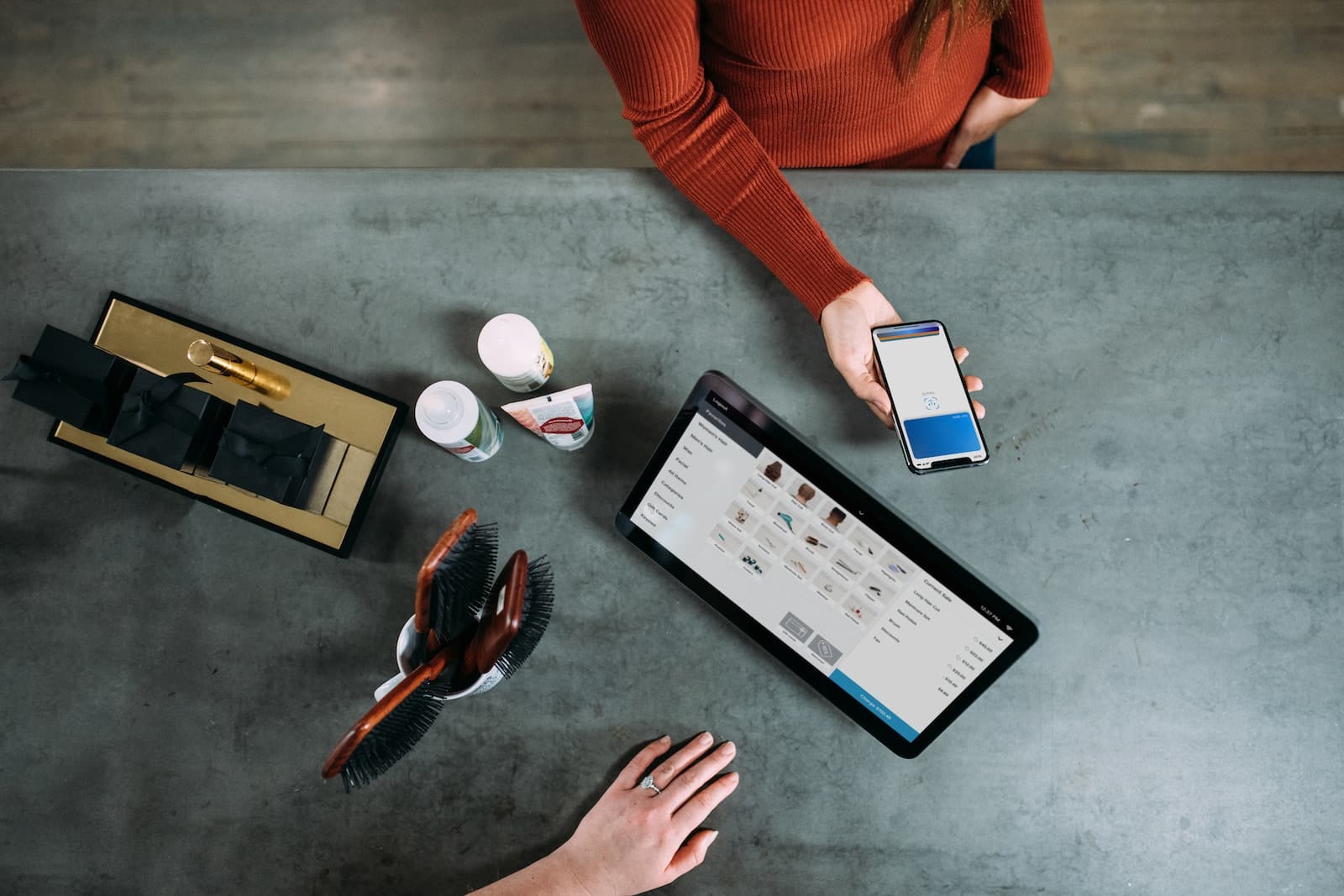The revolution of mobile commerce: trends and predictions

The landscape of commerce has been reshaped by the advent of mobile technology. In the ever-evolving marketplace, businesses and consumers alike are experiencing a paradigm shift towards mobile commerce (mcommerce) – a revolution that is redefining the way we think about shopping and transactions. The rise of mcommerce is not just a fleeting trend but a robust movement that intertwines with our lifestyle, enabled by smartphones, tablets, and various mobile apps. With the integration of ecommerce, social media, and mobile devices, the shopping experience has transcended physical retail boundaries, offering consumers unparalleled convenience and flexibility.
In this article, we’ll delve into the significant trends in mobile commerce and make predictions about its future. We’ll explore how businesses are adapting to these changes and what customers can expect from the evolution of mobile shopping.
En parallèle : The impact of quantum computing on future business strategies
The Growth of Mcommerce
Recent years have seen a significant uptick in mobile shopping, partially fuelled by the global COVID pandemic which pivoted consumer behavior towards online channels. As people became more reliant on their mobile devices for both essential and non-essential goods and services, businesses recognized the need to prioritize mobile-friendly platforms.
The Role of Mobile Apps in Commerce
Mobile apps have become a cornerstone of mcommerce. They offer businesses a direct channel to engage with users, providing personalized shopping experiences and streamlined payment options. For customers, apps simplify the process of browsing products and services, making purchases with just a few taps on their devices.
A voir aussi : The role of design thinking in business innovation
The Influence of Social Media
Social media platforms have evolved to incorporate shopping features, allowing consumers to purchase products directly through apps like Instagram and Facebook. This integration of social commerce has further expanded the reach of mobile commerce, bringing the convenience of shopping into the social media experience.
The Emergence of Voice Shopping and AI
Voice shopping, powered by AI assistants like Google’s Assistant and Amazon’s Alexa, is emerging as a hands-free option for consumers to shop. This trend caters to the growing demand for speed and convenience, allowing users to make purchases by simply speaking to their devices.
Payment Options and Mobile Banking
The revolution in mobile commerce is also seen in the evolution of payment methods. Mobile payments and mobile banking apps offer customers secure and quick ways to handle transactions, increasing the attractiveness of mobile shopping.
User Experience and Consumer Expectations
The key to successful mobile commerce lies in delivering an exceptional user experience (UX). As competition in the app market intensifies, businesses must ensure their mobile apps and web apps are not only functional but also intuitive and enjoyable to use.
Optimizing Mobile App Design
Designing for mobile requires a focus on usability. Apps need to be fast, responsive, and easy to navigate on smaller screens. Features such as one-click ordering and personalized recommendations can enhance the shopping experience significantly.
The Importance of User Feedback
Feedback from users is invaluable for businesses looking to improve their services. By listening to customer needs and adapting accordingly, companies can ensure their mobile offerings align with consumer expectations.
Progressive Web Apps and Mobile Ecommerce
The rise of progressive web apps (PWAs) is bridging the gap between mobile websites and native apps. These web-based applications offer similar functionality to native apps but are accessible through a browser, making them a cost-effective option for businesses and convenient for users.
The Impact of Mobile Devices on Sales
The proliferation of mobile devices has directly impacted retail sales, with predictions indicating that mcommerce will continue to take a larger share of the market.
The Convenience of Shopping on Mobile Devices
Shopping on mobile devices allows consumers to make purchases from anywhere at any time. This convenience is a significant driver for the increase in mobile sales.
Personalization and Targeted Marketing
Mobile devices provide businesses with valuable data that can be used for targeted marketing. By personalizing the shopping experience, companies can increase customer engagement and drive sales.
The Future of Mobile Commerce in Saudi Arabia and Beyond
Regions like Saudi Arabia are experiencing rapid growth in mobile commerce, bolstered by high smartphone penetration and a young, tech-savvy population.
The Digital Transformation in Saudi Arabia
Saudi Arabia’s Vision 2030 initiative is a testament to the country’s commitment to digital transformation, with a significant focus on enhancing ecommerce and mobile services.
Cultural Shifts and Mobile Commerce
As consumers in Saudi Arabia and other regions become more accustomed to mobile shopping, cultural norms around shopping are changing. Shopping is becoming a more digital and social experience, influenced heavily by mobile technology.
Predictions for Mobile Commerce
As we look ahead, several predictions stand out for the future of mobile commerce.
The Rise of Omnichannel Retail
Businesses will continue to blend online and offline experiences, creating a seamless omnichannel retail environment that leverages mobile technology.
Innovation in App Development
App development will focus on innovative features such as augmented reality (AR) and virtual reality (VR) to enrich the mobile shopping experience.
The Evolution of Payment Technology
Payment technology will advance, with increased adoption of mobile payments, cryptocurrency, and biometric authentication.
The Importance of Data Security
With the growth of mobile commerce comes the need for robust data security measures to protect consumer information.
The Expansion of Mobile Commerce Globally
Mobile commerce will continue to expand globally, with developing regions adopting mobile shopping at an accelerated pace.
Conclusion
The revolution in mobile commerce is not just transforming how we shop; it’s reshaping the entire retail landscape. The trends we’ve discussed – from the rise of mobile apps and social media integration to the expectation of a superior user experience and the cultural shifts in places like Saudi Arabia – reflect a world where mobile devices are central to our daily lives. As businesses and consumers navigate this dynamic terrain, adapting to the changing technologies and consumer behaviors will be critical.
Companies that embrace mobile commerce by developing user-friendly apps, offering diverse payment options, and prioritizing customer service will thrive in this new era. Meanwhile, consumers can look forward to a more personalized, efficient, and interconnected shopping experience. With technological advancements progressing rapidly, the future of mobile commerce is poised for continued growth and innovation.
The revolution of mobile commerce is ongoing, and as we witness these trends unfold, one thing is clear: the convenience and flexibility of mobile shopping are here to stay, and the world of commerce will never be the same again.
